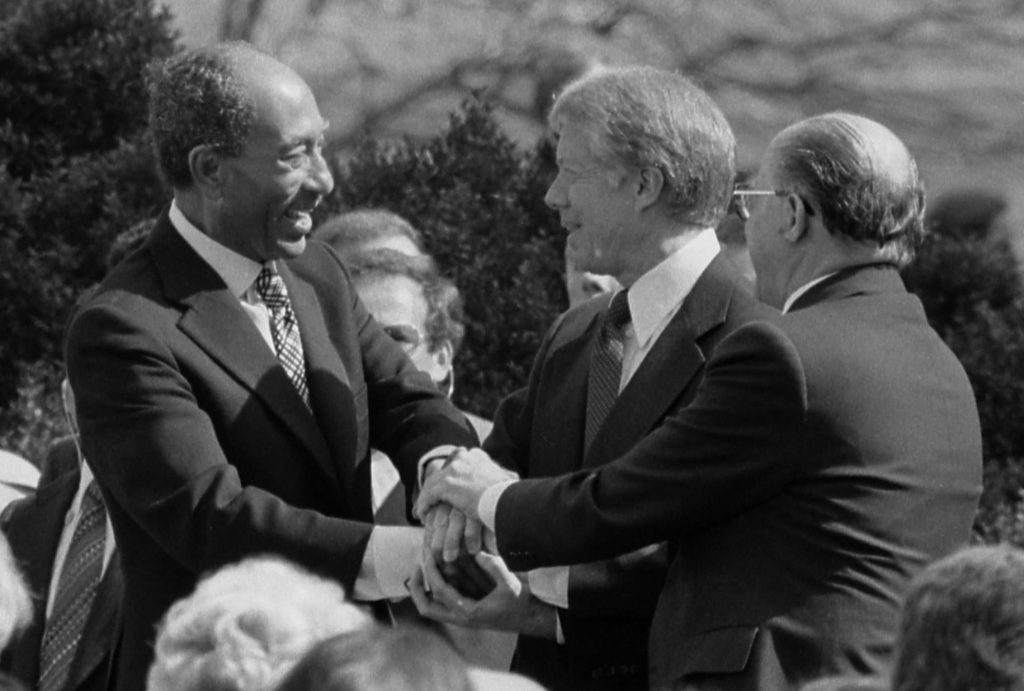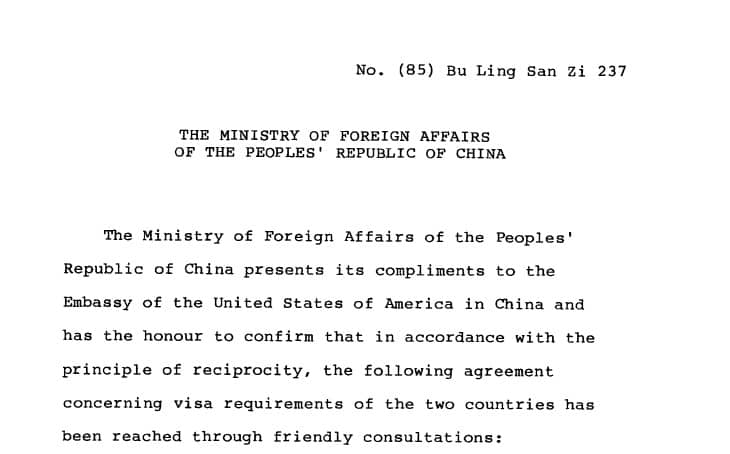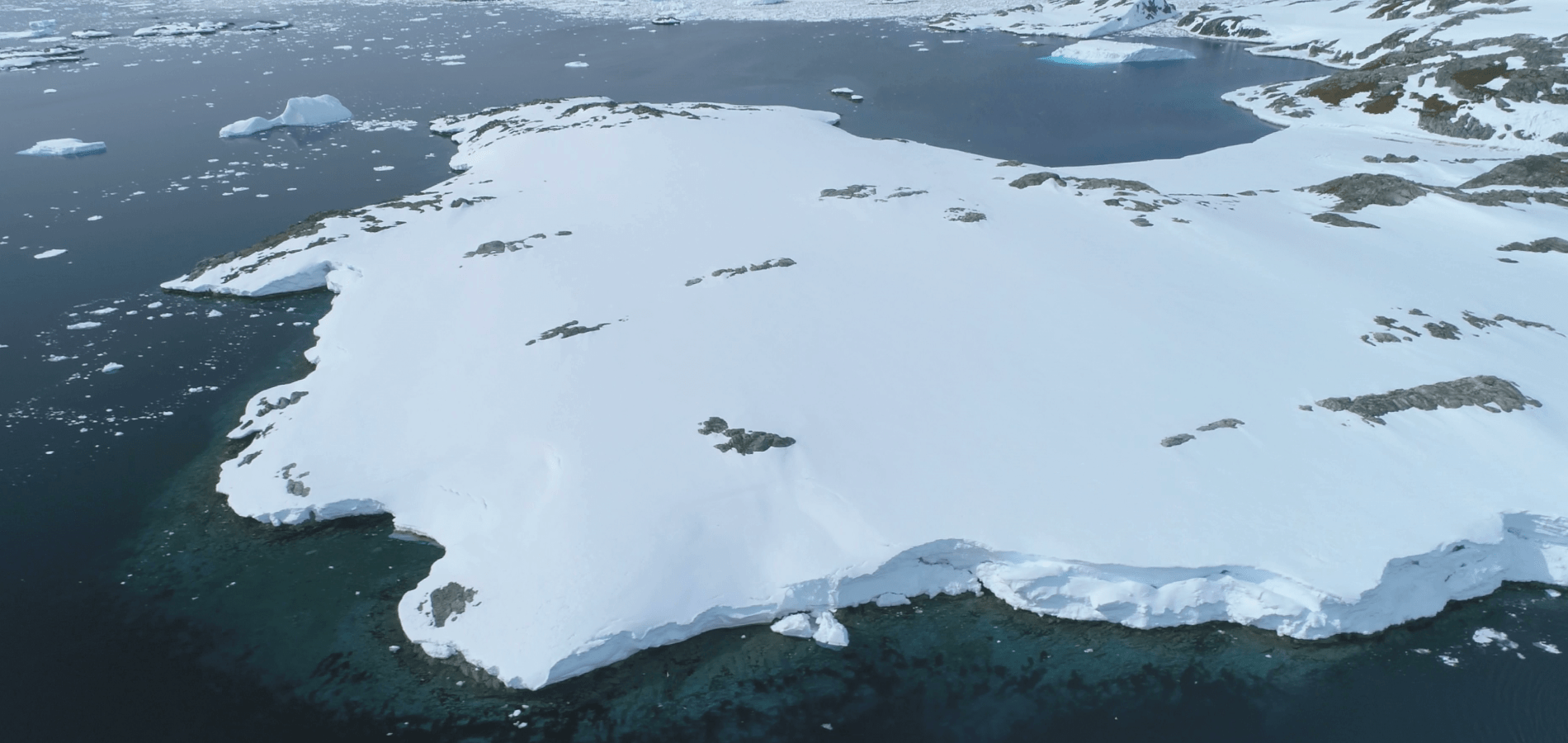It began with thousands of index cards—thoroughly checked and edited—and two avid researchers: Adolf Sprudzs and Igor Kavass. In 1973, the United States Treaty (UST) Cumulative Index was published by William S. Hein & Co., Inc. The collaboration with William S. Hein & Co., Inc. was sparked after Kavass and Sprudzs spoke with the company’s founder William “Bill” Hein Sr., who expressed his support for their mission to compile a more comprehensive treaty index than what already existed.
Eager to Be One Step Ahead
Adolf Sprudzs, known by his friends as “Dolf,” and Igor Kavass both had professional backgrounds that helped assist them in their research to find texts of treaties and agreements. Sprudzs joined the University of Chicago Law School in 1965 and worked as a foreign law librarian and lecturer in legal bibliography from 1967 to 1992. Kavass worked as faculty member at Duke University from 1972 to 1975 and then joined Vanderbilt University as a law librarian and professor of law. He eventually became the Director of the Law Library at Vanderbilt.
While computers weren’t as prevalent in the ’70s, the project has grown and developed into a fully searchable database. This is now called the U.S. Treaties & Agreements Library. Since 1945, the Treaties and Other International Acts Series (TIAS) has been the official publication format for treaties and agreements that have entered into force for the United States. The treaties are published by the United States Department of State as they become available. According to the Department of State, TIAS has been published exclusively in electronic form on the Office of Treaty Affairs website since 2006. But sometimes it can take years before a treaty is assigned a TIAS number.
In one of our many meetings in 1970, Dolf began to complain about the difficulties of finding and retrieving international agreements in general and United States treaties and agreements in particular.
This is exactly why Sprudzs and Kavass started to brainstorm a way to create a treaty index that was more accessible to the public. According to Kavass, “researching the treaties and international executive agreements of the United States became quite difficult in the late 1960s.”[1]Igor I. Kavass, Adolf Sprudzs and the UST Index, 95 LAW LIBR. J. 329 (2003). This document can be found in HeinOnline’s Law Journal Library.
Most of the time, this type of research required someone who knew what they were looking for on a more advanced level. “After World War II, the United States began to enter into many international agreements and the indexing that existed at the time did not provide adequate information,”[2]Igor I. Kavass, Adolf Sprudzs and the UST Index, 95 LAW LIBR. J. 329 (2003). This document can be found in HeinOnline’s Law Journal Library. Kavass stated. Kavass and Sprudzs thought about the benefits of having a more comprehensive index of these types of agreements. With Bill Hein Sr. behind them, Kavass and Sprudzs came to the conclusion that they could compile an index themselves for at least the United States agreements—and the rest is history.
A Treasure Full of Treaties
Sprudzs and Kavass worked together on treaty indexing for almost fifteen years. Kavass continued to team up with William S. Hein & Co., Inc., and his passion led him to acquiring and organizing U.S. international agreements for researchers across the world.
Through Freedom of Information Act (FOIA) procedures, Kavass was able to acquire U.S. international agreements in the late 80’s and 90’s after Sprudzs stopped participating in the project. Kavass also used personal contacts, identified international agreements that were in the National Archives, and completed research by using secondary sources. Kavass’ passion for his work was displayed as Hein’s collection continued to grow throughout the years.
As technology developed and computers gained popularity, a searchable online platform was born at William S. Hein & Co., Inc. in the early 2000s. In the late 80’s, Hein embarked on a project to “consolidate” the indexing that Kavass and Sprudzs had worked on over the years. The index information from the print indexes were then hand-keyed into a digital database. At the time, the database was also published on CD-Rom. Hein was able to connect the database indexing to the full-text of the agreements once HeinOnline was launched.
The U.S. Treaties & Agreements Library now boasts a vast collection of treaties for researchers to peruse or download texts of agreements. The library is a comprehensive resource for all United States treaties and agreements, whether in force, expired, or not yet officially published.
The KAV Series
Hein uses the KAV series, a temporary numbering system named after Igor Kavass. This series allows treaties that have not yet been made available on the Department of State website or published earlier as a TIAS pamphlet to exist on record in the treaty database. Most of these treaties and agreements will eventually be published by the State Department in the TIAS series. But until then, researchers can find a wealth of agreements in one place by searching in HeinOnline.
HeinOnline users can easily browse the collection of treaties and agreements with the U.S. Treaty Index search tool. Users can find a U.S. treaty in the database by searching different metadata fields such as treaty number, keyword, party, relevant date, short title, and more.
Treaties can either be bilateral, an agreement made between two countries, or multilateral, an agreement made among three or more countries. Learn more about locating treaties in HeinOnline by reading one of Hein’s previous blog posts here.
A Tribute to Kavass
Many researchers have used HeinOnline to assist them in their search for treaties and international agreements. In the article Passion Projects in Law Librarianship: A Belated Tribute to Igor Kavass and His Personal Mission to Acquire and Organize U.S. International Agreements, Kavass’ accomplishments are highlighted.
In the article, Turner states “From 1990 until his death in 2008, Kavass built the KAV Agreements database into the largest collection of published and unpublished U.S. international agreements in the digital era. It became a product so superior to U.S. government sources that even attorneys working inside the U.S. State Department, who theoretically should have had access to all U.S. international agreements through State Department internal records, paid subscription fees to access those agreements through HeinOnline.”[3]Loren Turner, Passion Projects in Law Librarianship: A Belated Tribute to Igor Kavass and his Personal Mission to Acquire and Organize U.S. International Agreements, 114 LAW LIBR. J. 431 (2022). This document can be found in … Continue reading
The database has not only been found useful but unrivaled when searching for treaty information. In an article describing the process of finding agreements, the authors point out that “HeinOnline is by far the most complete source for executive agreements, containing 82.72% of the agreements reported to Congress during the period of our FOIA request. The HeinOnline database is much more complete than the government-run databases of executive agreements.”[4]Oona A. Hathaway, et al., The Failed Transparency Regime for Executive Agreements: An Empirical and Normative Analysis, 134 Harv. L. Rev. (2020-2021). This document can be found in HeinOnline’s Law Journal Library.
According to the article, the TIAS dataset, maintained by the U.S. government, included just 31.43% of the unclassified agreements reported to Congress during the period of their FOIA request.[5]Oona A. Hathaway, et al., The Failed Transparency Regime for Executive Agreements: An Empirical and Normative Analysis, 134 Harv. L. Rev. (2020-2021). This document can be found in HeinOnline’s Law Journal Library.
Agreements: We Go Way Back
Many researchers have touted the Treaty database (like those above) due to its extensive collection of agreements. The ability to search for the full texts on the HeinOnline platform also makes it a valuable resource. The database’s record trail goes way back. The database includes every agreement the United States has been a party to since the country’s inception—the earliest which are TS 83 and TS 82 with France, signed on February 6, 1778. The database also includes the Treaty of Paris, which is an early agreement with historical significance.

President Jimmy Carter shaking hands with Egyptian President Anwar Sadat and Israeli Prime Minister Menachem Begin at the signing of the Egyptian-Israeli Peace Treaty on the grounds of the White House.
In the fall of 2022, the U.S. Department of State published a batch of older agreements. Some of these treaties, now officially assigned TIAS numbers, include: TIAS 86-102 (China); TIAS 90-518.1 (Costa Rica); and TIAS 90-723 (Ecuador). The three treaties can all be found in HeinOnline’s treaty database.
According to HeinOnline records, the China agreement (TIAS 86-102) has existed in Hein’s treaty indexing since 1995. This means it was accessible more than 28 years before it was even assigned an official TIAS number. The treaty was first listed as KAV 333. This record includes the full text of the agreement, which has been available on microfiche and to users in HeinOnline since the early days of the database. HeinOnline officially launched in May of 2000, with the U.S. Treaties & Agreements Library becoming available in July of 2003 combining the Kavass indexing with the full-text of the agreements. The combination which created a powerful treaty research tool.

Similarly, the Costa Rica agreement (formerly KAV 2516) and the Ecuador agreement (formerly KAV 3963) listed above were available in Hein records in 1995.
This year, some of the older agreements recently assigned a TIAS number from the Department of State include TIAS 88-705 (Japan), formerly KAV 1114, and TIAS 99-801 (European Community), formerly KAV 5680. Both treaties have been available in the database since the early 2000s. Hein’s KAV record has a rich history especially when specific agreements couldn’t be located anywhere else.
Treat Yourself: Discover More Content
With more than 1,200 titles and 1.1 million pages, the U.S. Treaties & Agreements Library database includes prominent collections such as the United States Treaties and Other International Agreements set (commonly referred to as the “Blue Set”), as well as famous sets from Bevans, Miller, Malloy, and others. The database also includes hundreds of congressional hearings and related books, as well as numerous treaty guides, indexes, and other treaty publications.
HeinOnline Sources[+]
| ↑1, ↑2 | Igor I. Kavass, Adolf Sprudzs and the UST Index, 95 LAW LIBR. J. 329 (2003). This document can be found in HeinOnline’s Law Journal Library. |
|---|---|
| ↑3 | Loren Turner, Passion Projects in Law Librarianship: A Belated Tribute to Igor Kavass and his Personal Mission to Acquire and Organize U.S. International Agreements, 114 LAW LIBR. J. 431 (2022). This document can be found in HeinOnline’s Law Journal Library. |
| ↑4, ↑5 | Oona A. Hathaway, et al., The Failed Transparency Regime for Executive Agreements: An Empirical and Normative Analysis, 134 Harv. L. Rev. (2020-2021). This document can be found in HeinOnline’s Law Journal Library. |



